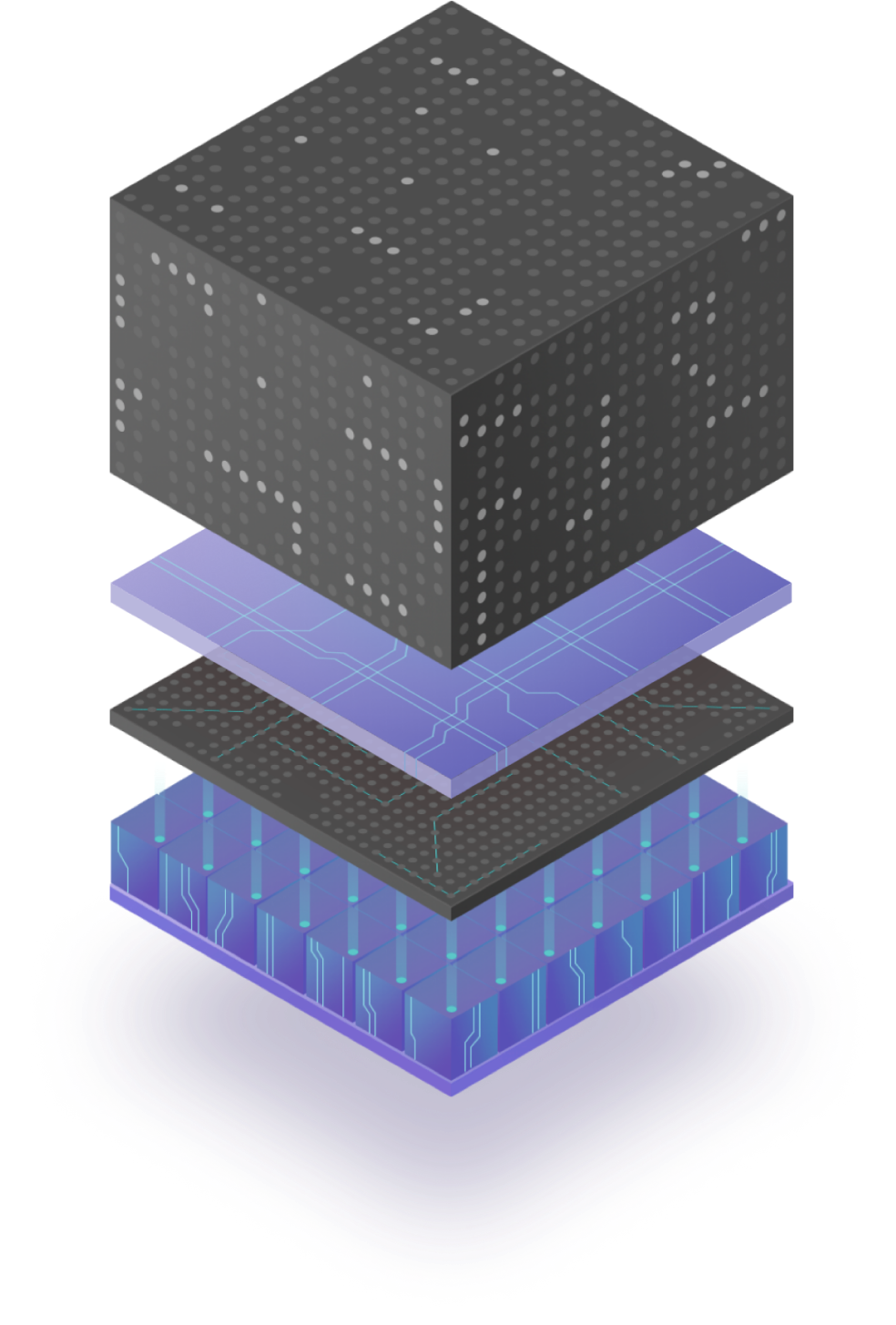Multichain transactions
On the Internet Computer, you can create smart contracts that directly interact with other blockchains, without trusted centralized bridges that can get hacked and do rug pulls. This has been made possible using Chain-Key Cryptography.


How It Works
At the time of writing, there are no other blockchains in existence that can create TX on other blockchains for their smart contracts. Blockchains that talk about "native integrations" are usually talking about a bridge run by the company that backs them.
Service Composability
The Web3 environment contains multiple blockchains that have different characteristics and excel in different roles. A key web3 philosophy is service composability, in which different blockchain services are composed to create new services and functionality. Tokenized assets and liquidity must also be able to move between services, whichever blockchain they are on. The Internet Computer provides a means to fully support this paradigm in a multichain environment without need for trusted bridges run by central controllers such as companies.
For example, when building a DeFi framework on the Ethereum blockchain today, a means must be found to create the user experience. Typically, this is built on centralized servers or cloud services today, creating a serious security vulnerability, and exposing the developers who pay for the servers or cloud services to legal liabilities (since regulators can argue that the service built using Ethereum is not running in the mode of a decentralized protocol). Therefore, it would be better if the user experience could be created on the Internet Computer using canister smart contracts, which can be controlled by a DAO.
Threshold ECDSA
The chain-key cryptography protocol engine was extended so that hosted smart contracts can maintain ECDSA public keys, and make corresponding signatures, without need to store a private key on the blockchain in a way that would allow it to be stolen. Crucially, ECDSA is the signature scheme used to sign TX on other blockchains, and allows smart contracts on the Internet Computer to create TX that other blockchains directly execute.
Bitcoin Integration
One application has been the provision of special Bitcoin capabilities to canister smart contracts. This allows them to create bitcoin addresses, and send and receive bitcoin directly on the Bitcoin ledger, without any need for insecure trusted intermediaries such as bridges. Essentially, smart contracts on the Internet Computer can process bitcoin almost as though they are hosted by the Bitcoin network themselves.
Ethereum Integration
Another application is the signing of TX designed to invoke smart contracts on other blockchains, such as Ethereum. For example, to interact with Ethereum, an Internet Computer canister smart contract would first create an ECDSA public key that functions as an Ethereum Account (before use this should be charged with some ETH to pay for gas). Thereafter, the smart contract can invoke smart contract calls on the Ethereum blockchain, by creating and signing appropriate Ethereum TX that will be executed by Ethereum network. The smart contract can then determine the results of the TX by using the HTTPS outcalls feature to interact with Ethereum local nodes.
Build on the IC
Using the power of chain-key cryptography, the Internet Computer can thus be used as an orchestration blockchain, or meta blockchain, upon which new services can be built that combine functionality and assets provided by other blockchains in the Web3 universe - all without the need to trust a central party, and without the inconvenience and risk of using wrapping and bridges.
Deploy a 'Hello World' Dapp in 10 Minutes
Get started with your first IC dapp
Build dapps with the language of your choice
Learn about programming languages on the ICP.
Sample Code
Learn from samples in ICP Ninja.
'Trustless multichain Web3' article on the IC Wiki
Learn about how IC's smart contracts directly interact with other blockchains, without trusted centralized bridges.
